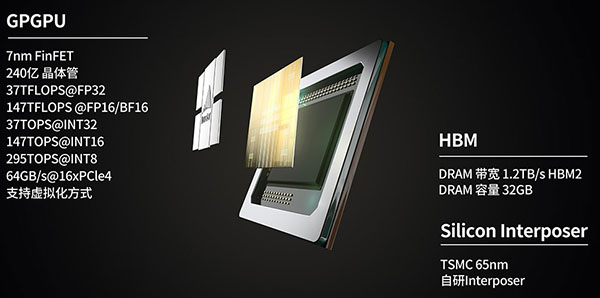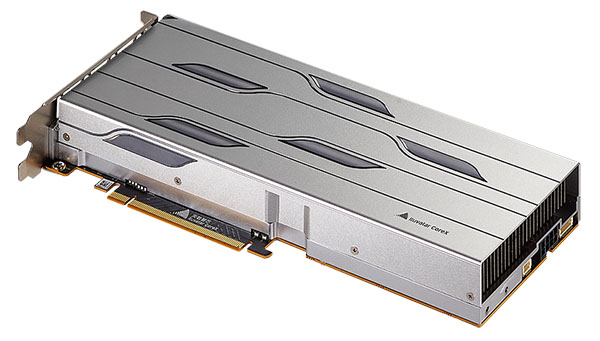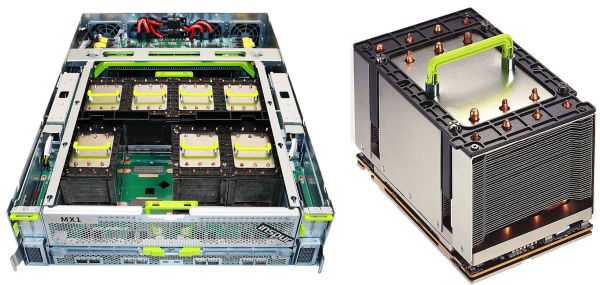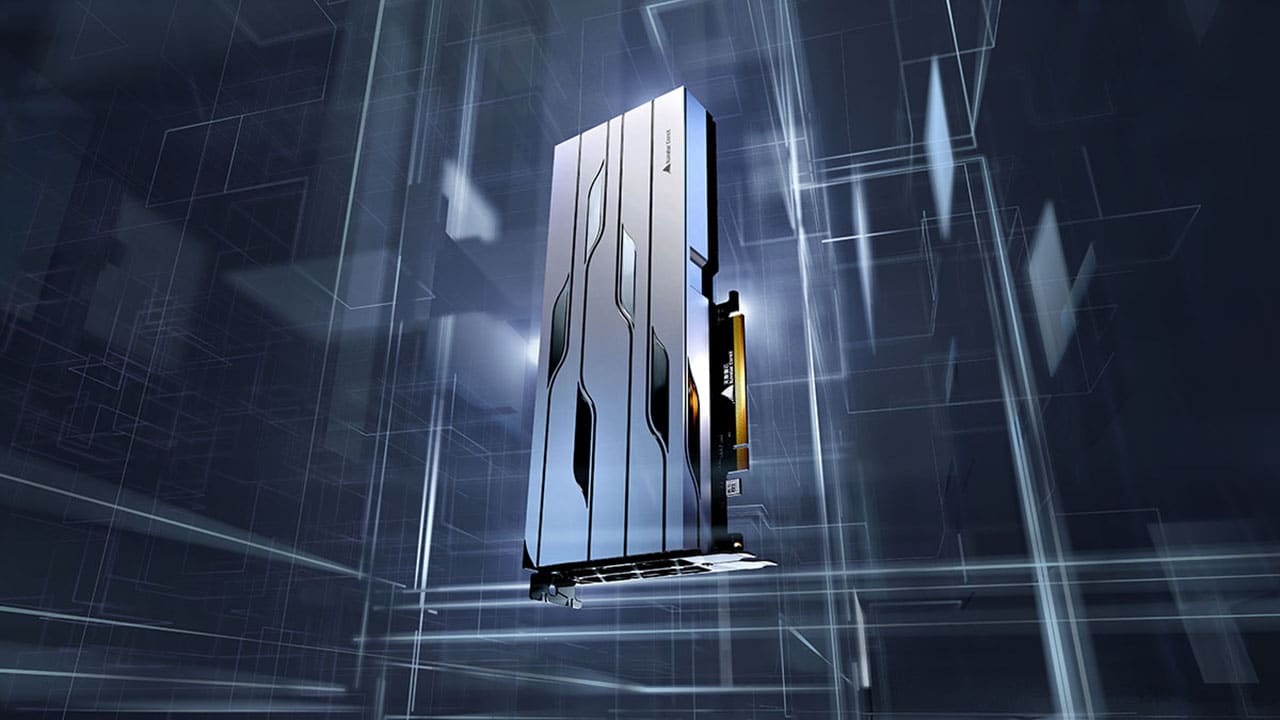Big Island, the 7-nanometer Chinese GPU that challenges AMD and Nvidia: that’s how powerful it is
The China continue to work hard for closing the technological gap with the United States. The latest example comes from Shanghai Tianshu Intellectual Semiconductor (Tianshu Zhixin), a company active in the cloud and HPC world that is preparing to produce and marketa GPU-based accelerator named Big Island made a 7 nanometers da TSMC.
Big Island conta su 24 billion transistors and placed on a package CoWoS (Chip-on-Wafer-on-Substrate), the Taiwanese manufacturer’s 2.5D technology that allows you to place multiple dies side by side on a silicon interposer. Next to the GPU there are 32 GB of HBM2 memory that guarantees a bandwidth of up to 1.2 TB / s.

The accelerator is available in both PCI Express (has a 4.0 x16 interface) and OAM format to adapt to different types of servers. In the case of the PCI Express proposal, the passively cooled card needs a single 8-pin power connector and has a TDP at 300W. There is also talk of the presence on the board of 60A MOSFETs.

The GPU, according to the data released, able to touch performance up to37 TFLOPs with FP32 calculations, 147 TFLOPs with FP16 / BF16, 371 TOPs with INT32 operations, 147 TOPs with INT16 ones and, finally, 295 TOPs with INT8 calculations. This is a very interesting performance, considering that the AMD Instinct MI100 touches 23.1 TFLOPs in FP32 and 92.3 TFLOPs with BFLOAT16 calculations.
Moving on to Nvidia, on the other hand, the A100 accelerator based on GA100 Ampere GPU touches 19.5 TFLOPs through CUDA cores, 156 TFLOPs with Tensor cores and 312 TFLOPs with “sparsity”, ie a matrix of numbers that includes many zeros or values which will not have a significant impact on a calculation. With BFLOAT16 calculations Nvidia’s solution touches 312 TFLOPs and 624 TFLOPs with sparsity.

The Chinese company has not talked about the price and availability of this accelerator, but it should debut within the year or at the latest at the beginning of the next, when probably both AMD and Nvidia, not to forget Intel, will have a new offer for the cloud world and HPC.
Nonetheless, China is accomplishing clear progress in the hardware sector thanks to strong injections of state capital into the various local companies, with the aim of becoming less and less dependent on Western solutions. An effort that could have important repercussions, as it reduces the market “attackable” by US companies and could even lead to competition beyond the borders of the Asian country.
















